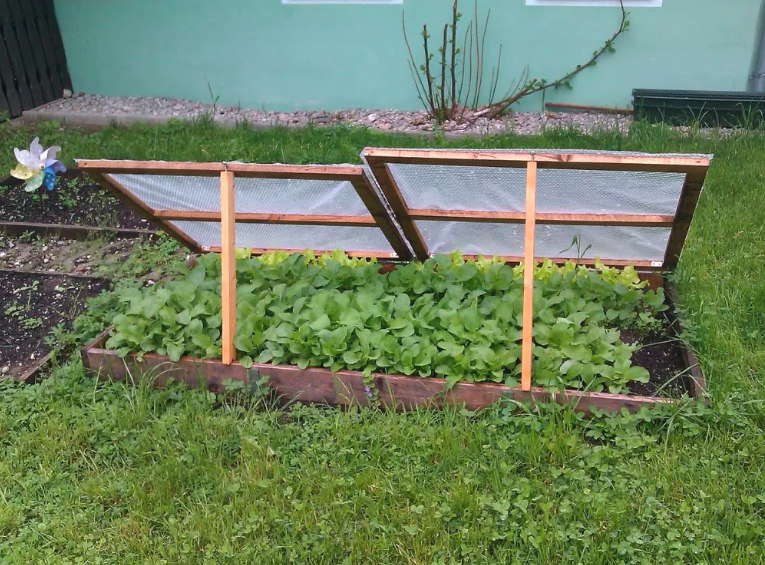 Cold-frame gardening is an effective way to extend your gardening efforts into late fall and even into winter. A cold frame is fairly inexpensive to build and can be an affordable alternative to a greenhouse. In some areas of the country, using a cold frame with a glass top can even result in a 12-month growing season.
Cold-frame gardening is an effective way to extend your gardening efforts into late fall and even into winter. A cold frame is fairly inexpensive to build and can be an affordable alternative to a greenhouse. In some areas of the country, using a cold frame with a glass top can even result in a 12-month growing season.
What Is a Cold Frame?
A cold frame is a gardening enclosure typically built on the ground that has a transparent roof that allows sunlight to enter and prevents heat from escaping. It is typically used to safeguard plants from cold or excessively wet conditions. During the day, the sun’s rays heat the soil and air in the frame, and at night, this heat is radiated back from the warm ground, keeping the plants warm.
While you may have a patio heater to keep you warm outdoors in the cooler fall and winter months, your plants have minimal protection from the elements. A cold frame can provide the warmth and protection young seedlings and tender plants need to survive cold weather.
Building a Cold Frame
One of the easiest ways to build a cold frame is by starting with an old, salvaged window or clear door, such as a storm door or shower door. A sheet of glass secured to a wooden frame can also be used. This lid should then be attached to the rest of the cold frame using hinges. When building a cold frame, make sure that the back of the frame is one board higher than the front to create a slope that allows rainwater to run off. Handles can be added to the lid of the cold frame to make it easier to open and close.
The frame should be built using rot-resistant lumber, such as cedar or redwood. Apply weatherstripping around the top edges of the box to help keep the warmth in. But keep in mind that overheating can occur if you do not allow for proper ventilation. To monitor the temperature, install a thermometer inside the frame. If the temperature inside the cold frame climbs above 75 degrees, prop open the cover to allow the temperature to drop. Always close the cold frame by late afternoon to trap the heat.
How to Use a Cold Frame
Cold frames can be used for a wide range of plants but are most commonly used for frost-tolerant crops in the winter. A cold frame can also be used to grow spring transplants. When spring arrives, you can simply remove the cover from the cold frame.
Depending on where you live, you may need to take extra steps to protect your plants. In cold climates, it’s a good idea to install your cold frame partially embedded in the soil to get better insulation. On particularly cold nights, you may also need to add additional insulation to the lid of the cold frame, like old towels, blankets, rugs, straw, or newspaper. If you need even more heat, electric heating cables can be used underneath the cold frame to create a hotbed.
